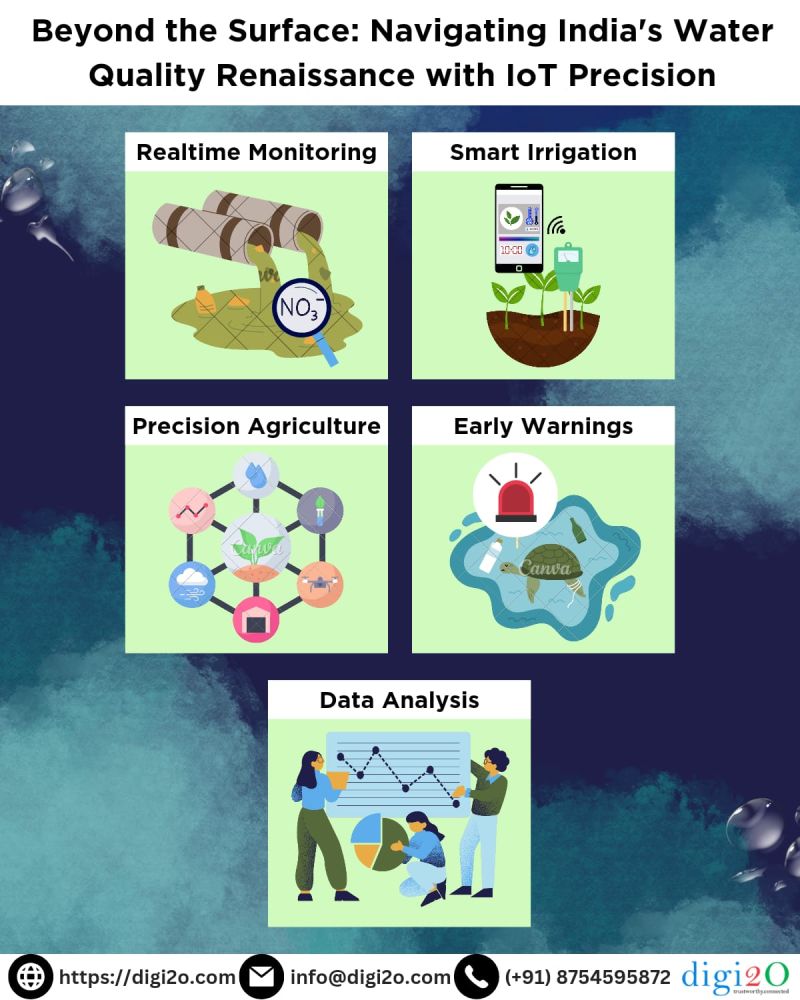
Water pollution is a pressing issue in rural India, with sources like livestock waste, onsite sanitation systems, and agricultural runoff adversely affecting water quality. Despite existing policies like the Ganga Action Plan, challenges persist, necessitating innovative solutions for effective water management.
The Overlooked Culprits: In rural India, water quality is compromised due to factors such as livestock waste, onsite sanitation systems, and agricultural runoff. The repercussions include contaminated groundwater and surface water, leading to a rise in waterborne diseases. Existing policies, exemplified by the Ganga Action Plan, fall short in addressing these specific issues, highlighting the need for more targeted and efficient solutions.
Policy Interventions: Progress Amidst Challenges: Over the past decade, India has implemented initiatives like the National Water Quality Sub-Mission, the National Rural Drinking Water Program, and the National River Conservation Plan. While these efforts show progress, vague policies, loose legal frameworks, and overlapping responsibilities persist. Better coordination, clarity, and fund transfer mechanisms are crucial for sustained success in water quality management.
Weaknesses Unveiled: Learning from Mistakes: Despite successful interventions, challenges such as vague policies, loose legal frameworks, and overlapping responsibilities persist in water management. This section emphasizes the need for better coordination, clarity, and efficient fund transfer mechanisms to address these weaknesses.
Top 5 IoT Solutions Intervention - A Game Changer in Water Management:
Conclusion: Embracing IoT for water management in India offers a comprehensive and innovative approach to tackle water pollution. By prioritizing real-time monitoring, smart irrigation, precision agriculture, early warning systems, and data analysis, we can pave the way for sustainable water management. Let's unite in ushering a cleaner, greener tomorrow for India.
Designed by W3Squad